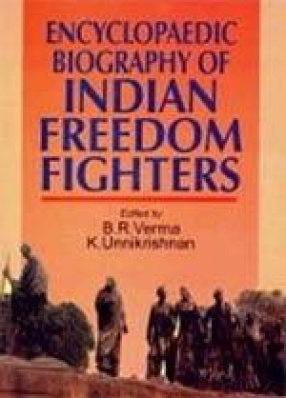
B.R. Verma

Showing all 20 books
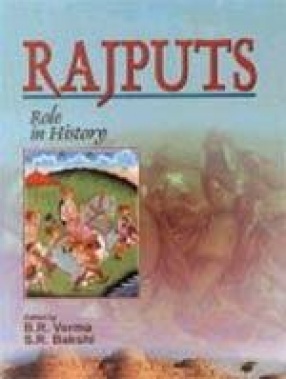
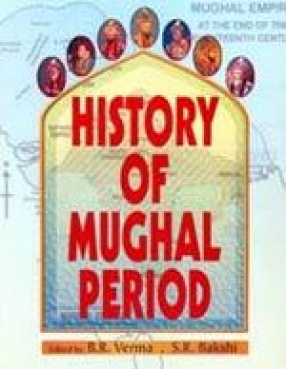

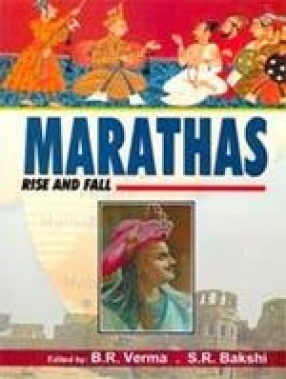
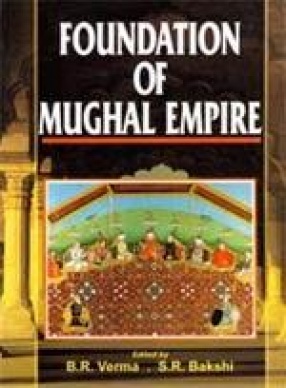
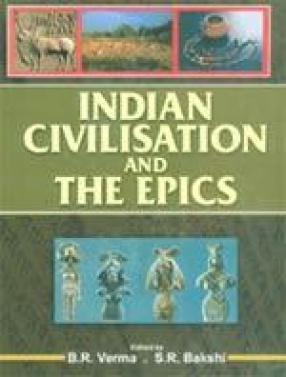

The Encyclopaedic biography of Indian Freedom Fighters have been weaved into six comprehensive volumes arranged alphabetically. The geographical sketches of eminent freedom fighters who spent their whole life for the attainment of Swaraj have been depicted in these volumes. Indeed it is a very useful information on various phases of freedom struggle which lasted for more than six decades. The freedom fighters fought the Anti-Raj and Swaraj-War under the flag of ...
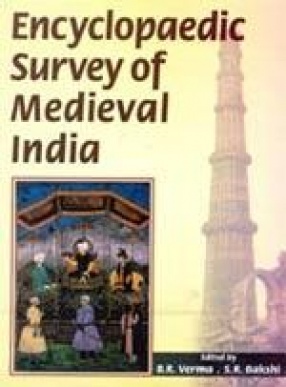
This encyclopaedia is produced with consideration to relate facts and essential elements of history of Medieval India. starting from invasions of turks at the end of 12th century and settling down here, emergence of Mughals that lasted almost two centuries. Though Babar was founder of Mughal empire in a sense only that he came first to India and inspired his successors for achievement, Human is also important for he maintained the claim for long enough for others ...
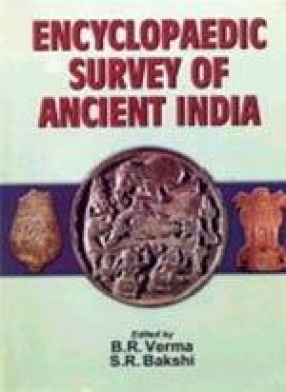
This encyclopaedic study of five volumes have deep bearing and historic significance in the annals of Indian civilisation, epics and the successive expansion of Hinduism, Buddhism, Jainism, Mauryan and Gupta Empires, emergence of Kushans and the Rajputs. The later, however, remained in power for a few centuries in some regions of North India and the brave Rajputs like Rana Sangha and Maharana Pratap played their most significant role against the Mughal Emperors. ...
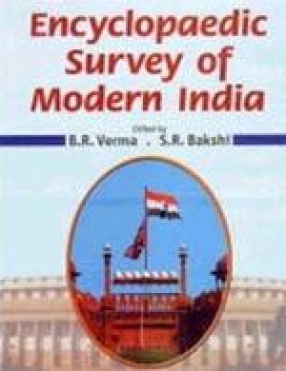
Encyclopaedia Survey of Modern India present encyclopaedia set of five volumes will acquire a distinct place among existing works on modern Indian history. Period starts with fall of the Mughal Empire, the balance of power between the Indian state and European trading companies operating in India under the auspices of their mother countries was constantly changing to the Europeans advantage, in sixteenth century all that the Europeans had a few strongholds and ...

The volume Administration and Society in Medieval India presents a panaromic study of the said period. To start with political condition of India at the time comprising of Delhi Sultanate, Bengal, Malwa, Mewar, Gujarat, Sindh, Punjab, Khandesh, Kashmir, Deccan and Vijayanagar. Socially then country was passing through a transition period. Economically country was quite rich inspite of huge drainage of wealth by foreign invaders, but military wise it was quite ...
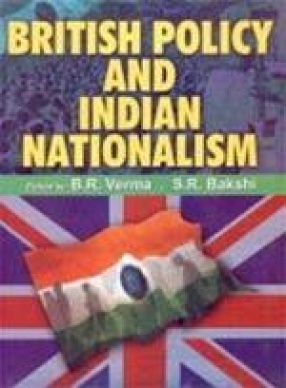
Main thrust of the volume is on change from company rule to crown government with few changes in Indian administration and post mutiny period upto massacre of Jallianwala Bagh and execution of martial law initially in Punjab and other states afterwards. Other topics covered are working of the act of 1861, Civil Services, Second Afghan War, Lord Curzon's Policy and Reforms Foundation of Indian National Congress by A.O. Humes and others and its ideology. Emergence ...
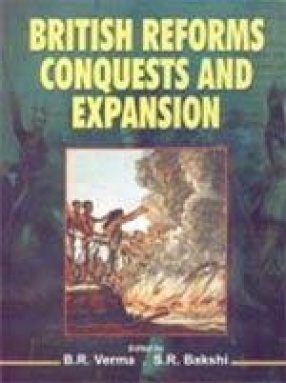
As it is clear from the title British reforms, conquests and expansion itself that after penetrating in Indian subcontinent in guise of traders main aim of the company had been to build up and consolidate British dominion in India, partly by absorbing dependent rulership, the administration of which had long been an eyesore of those imbued with western ideas, partly by securing a general control over all native states from Cape Comorin to Sutlej, maintaining in ...
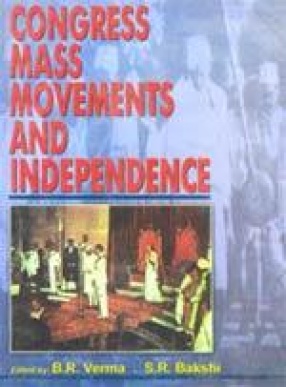
With this volume we entre into the era of Indian freedom movement from where freedom fighters after Lahore Congress drafted a pledge on "Indian Independence Day" to be celebrated with discipline in each town of the country. This pledge enshrined the fact, the freedom from foreign rule was the utmost right of the Indian people and any oppressive government was liable to change. It stated that British Rule in India has not only deprived the India people ...
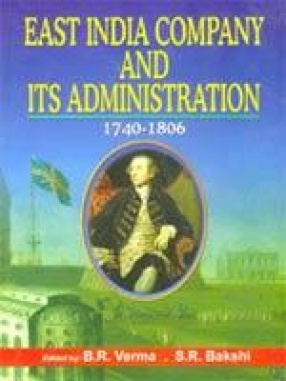
Main focus of this volume is on East India Company and three other nations competing for Indian trade, early settlements in India, Anglo-French Wars. East India Company and its administration in India, commencing with its commercial policy it began to participate actively in the political affairs of several Indian rulers. It covers period of Lord Clive, Warren Hastings, Lord Cornwallis, Lord Wellesley etc.. Further it also covers Haidar Ali and his relations with ...

Present volume is all about a very crucial period of modern India under British Rule because after end of First World War followed by famine, unemployment and magnified sufferings of Indian people and new motivations and impulses which influenced the character of freedom struggle. Mahatma Gandhi made it clear that he had no admiration for British Parliamentary system and also declared in a special session of Indian National Congress held in Calcutta that Swaraj ...

This volume has deep thrust on the polity of Rajputs, their socio-economic life and administrative capability in a large area of Indian sub-continent. Well-weaved into several chapters, the theme has bearing on emergence of Rajputs and their chivalry for a few centuries. The growth of feudalism is a glaring phenomenon during this period. Indeed the rich legacy of Mewar is an historic in contents. The brave acts shown by Rana Sanga and Maharana Pratap are the most ...
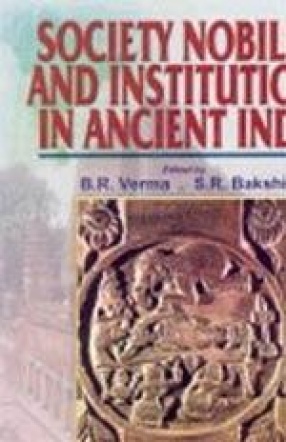
This volume depicts in a comprehensive way about the society, nobility and institutions in ancient India. Its academic coverage is fairly large clarifying several significant points on the functioning of bureaucracy and caste system at various levels. The Himalayan kingdoms and the fall of Rajput kingdoms which flourished well in their glory for some time, have been explained in a comprehensive way. On Ajmer and Kanauj new facts have been given in this volume. ...

This volume is purposely written to explain the history of Mughal Period which is considered to be the blue print of modern India, laid down by Great Mughals Akbar to be named, who is said to have adopted the unfulfilled policy plan once thought by Sher Shah Suri due to his accidental death. Expansion and annexation by Mughals under Akbar and diplomatic absorption of Rajputs, religious policies and socio-economic volume. A critical study of administration of ...

The aim of this volume is to relate panaromic view of history of Muslim Rule in Medieval India. Period commences when the long reign of Hindu States had been broken at the end of twelfth century by the foreign rule of Muslim Turks. Rulers to be named are Slave Dynasty, Iltutmish, Balban, Alaud-Din Khilji, Muhammad Bin Tughluq, Firoz Tughluq, Sayyid Dynasty. Delhi Sultanate controlled for two centuries the north of country and at times Central India. The rule was ...

Marathas their rise and fall is main focus of this volume. How the inhabitants of Maharashtra originally peasants raise to the heights of a military nation, under the leadership of Shivaji they confronted with the then ruling Mughal emperors. Enriching themselves in modes of fighting and developing their armies and fighting equipment they never looked back thereafter and raised huge army to set their eyes on Delhi. till the arrival of Ahmad Shah and Battle of ...

Foundation of Mughal Empire in India is main emphasis of this volume. It starts with invasion of Babar descendant of Timur in 1526 who succeeded in routing Ibrahim Lodhi and Rana Sanga and consolidated his rule over northern India. Thereafter his descendants never looked back. Akbar the Great a sparkling star in Indian history dreamt of a united India started conquering India with sword and diplomatically as well. Under the reign of mughals India flourished ...

The main thrust of the theme is on Indian Civilisation and the Epics. It has a comprehensive explanation of the Indian valley civilisation and the developments, viz., socio-economic and cultural aspects of the Aryans. The history of the Vedic period depicts several significant aspects including the political philosophy and the concept of democratic norms. The Ramayana depicts the religious faith of the millions of people who showered their ardent sincerity and ...
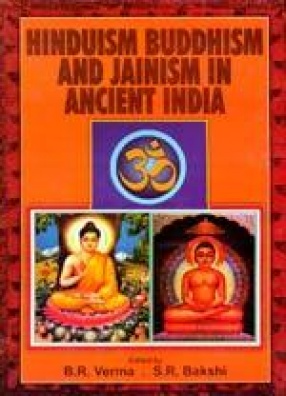
The volume has deep bearing on significant aspects of Hinduism, Buddhism and Jainism for a long time in ancient India. All aspects have been explained in a fairly comprehensive way. The rise of Kushan Emperors is a most significant phenomenon in ancient India. The reigns of Asoka and Great and the Mauryan Empire have been highlighted. The eminence of Buddhism and its expansion in various regions of India have been explained in this volume. The volume deals with ...
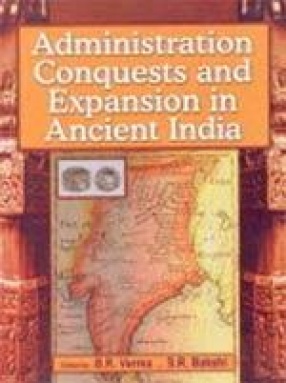
This volume has deep thrust on administration, conquests and expansion in ancient India. Its main significance deals with various aspects of caste and literature in the social life of people living in several regions of Indian sub-continent. The glory of the Mauryan Empire has been well-depicted along with the foreign invasions and the administrative capability of the Gupta Empire. The two regions of north and south are the gloring phenomenon in this volume.

India, which has inherited the British Administrative system of the Colonial times, has a bureaucracy that conforms to the classical pattern described by Weber. The purpose of Indian Civil Service had been to maintain the "Steel Frame" to safeguard it and protect the vital interests of the rulers. The Civil Service has today the most essential machinery to cope with the problem of administration. It is, therefore, important to study their role ...
